1mg
Showing 4151–4200 of 7910 results
-
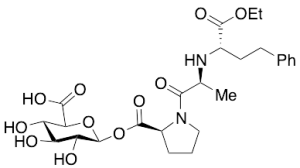
Enalapril Acyl Glucuronide
$237.19 Add to cart View Product DetailsMolecular Formula : C26 H36 N2 O11
-
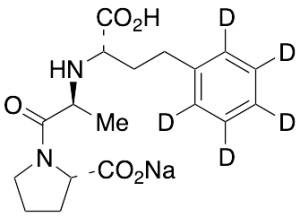
Enalaprilat-d5 Sodium Salt
$248.40 Add to cart View Product DetailsMolecular Formula : C18H18D5N2NaO5
-

Endophenazine A
$219.08 Add to cart View Product DetailsMolecular Formula : C18H16N2O2
-

Endophenazine B
$253.58 Add to cart View Product DetailsMolecular Formula : C19 H18 N2 O3
-
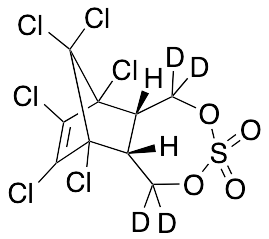
Endosulfan Sulfate-d4 (Major)
$220.80 Add to cart View Product DetailsMolecular Formula : C9H2D4Cl6O4S
-
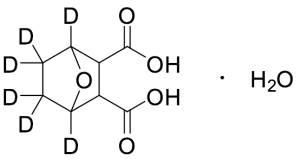
Endothall-3,4,4,5,5,6-d6 Monohydrate
$75.90 Add to cart View Product DetailsMolecular Formula : C8H6D6O6
-
Enramycin A
$888.38 Add to cart View Product DetailsMolecular Formula : C107H138Cl2N26O31
-
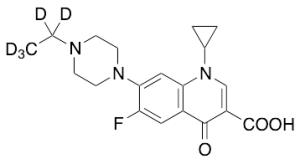
Enrofloxacin-d5
$216.49 Add to cart View Product DetailsMolecular Formula : C19 2H5 H17 F N3 O3
-
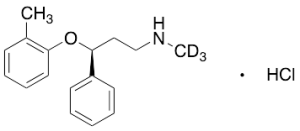
ent Atomoxetine-d3, Hydrochloride
$160.43 Add to cart View Product DetailsMolecular Formula : C17H19D3ClNO
-
Ent Florfenicol amine-D3
$88.84 Add to cart View Product DetailsMolecular Formula : C10H11D3FNO3S
-

ent-Abacavir
$122.48 Add to cart View Product DetailsMolecular Formula : C14H18N6O
-

Ent-Alpha-C Dapagliflozin (Dapagliflozin Impurity)
$374.33 Add to cart View Product DetailsMolecular Formula : C21H25ClO6
-

ent-Calindol-13C,d2 Hydrochloride
$166.46 Add to cart View Product DetailsMolecular Formula : C2013CH19D2ClN2
-
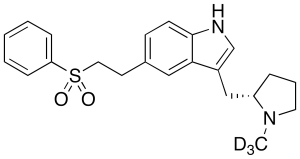
ent-Eletriptan-d3
$291.53 Add to cart View Product DetailsMolecular Formula : C22H23D3N2O2S
-
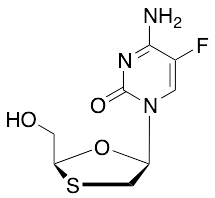
ent-Emtricitabine
$212.18 Add to cart View Product DetailsMolecular Formula : C8 H10 F N3 O3 S
-
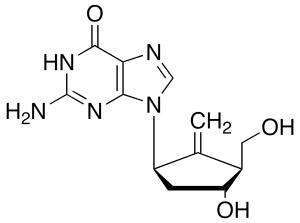
ent-Entecavir
$360.53 Add to cart View Product DetailsMolecular Formula : C12H15N5O3
-
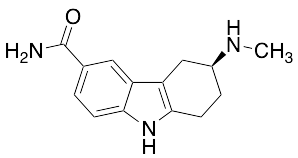
ent-Frovatriptan
$242.36 Add to cart View Product DetailsMolecular Formula : C14 H17 N3 O
-

Ent-Indacaterol Hydrochloride
$176.81 Add to cart View Product DetailsMolecular Formula : C24 H28 N2 O3 . Cl H
-

ent-Ivabradine Hydrochloride
$202.69 Add to cart View Product DetailsMolecular Formula : C27 H36 N2 O5 . Cl H
-
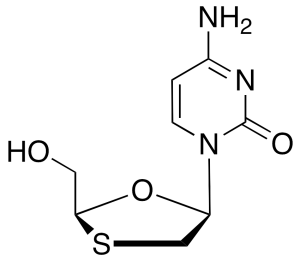
ent-Lamivudine
$219.08 Add to cart View Product DetailsMolecular Formula : C8H11N3O3S
-

ent-Lamivudine Triphosphate Triethylammonium Salt
$637.39 Add to cart View Product DetailsMolecular Formula : C8H14N3O12P3S . [C6H15N]ₓ
-
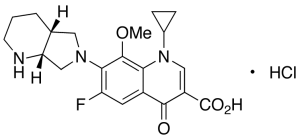
ent-Moxifloxacin Hydrochloride
$257.89 Add to cart View Product DetailsMolecular Formula : C21H25ClFN3O4
-
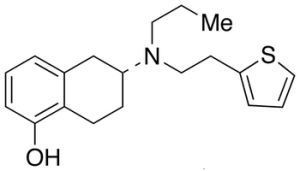
ent-Rotigotine
$111.26 Add to cart View Product DetailsMolecular Formula : C19 H25 N O S
-
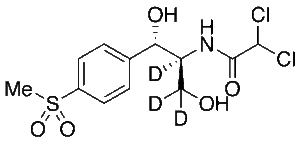
ent-Thiamphenicol-d3
$283.76 Add to cart View Product DetailsMolecular Formula : C12H12D3Cl2NO5S
-

ent-Voriconazole-d3
$192.34 Add to cart View Product DetailsMolecular Formula : C16H11D3F3N5O
-
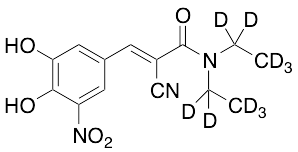
Entacapone-d10
$190.61 Add to cart View Product DetailsMolecular Formula : C14 D10 H5 N3 O5
-

Entecavir Monohydrate
$50.89 Add to cart View Product DetailsMolecular Formula : C12 H15 N5 O3 . H2 O
-
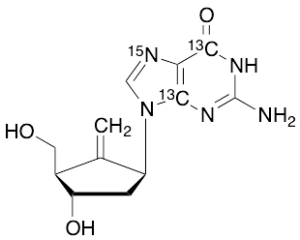
Entecavir-13C2,15N
$930.64 Add to cart View Product DetailsMolecular Formula : C1013C2H15N415NO3
-

Enterokinase (EK), His, Lyophilized, Bovine
$664.13 Add to cart View Product DetailsEnterokinase (EK) is an enzyme produced by cells of the duodenum and involved in human digestion. It plays a role of turning trypsinogen to its active form trypsin, and indirectly activates the pancreatic digestive enzymes. Enterokinase is a specific protease that cleaves after a lysine preceded by four aspartic acids: Asp-Asp-Asp-Asp-Lys(DDDDK↑). Enterokinase will not work if the recognition site is followed by a proline. rbEKhas the highest activity than EK of other species and is used wildly in biochemical applications. rbEK with 6 × His-tag binds with Ni2+ affinity chromatography and was designed for removing from digestion system.
Recombinant Bovine Enterokinase (His-tagged) (rbEK) as the light chain is a single glycosylated polypeptide chain containing 200 amino acids, 6 × His at C-terminus. A fully biologically active molecule, rbEK has a molecular mass of 40 kDa and is obtained by proprietary chromatographic techniques at GenScript. -
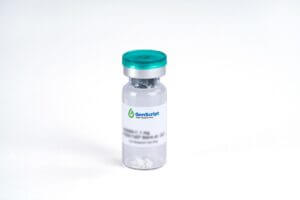
Eotaxin/CCL11, Human
$2,190.75 Add to cart View Product DetailsCCL11 is a potent eosinophil chemoattractant that was originally purified from bronchoalveolar lavage fluid of guinea pigs sensitized by aerosol challenge with ovalbumin. Human CCL11 cDNA encodes a 97 amino acid residue precursor protein from which the aminoterminal 23 amino acid residues are cleaved to generate the 74 amino acid residue mature human CCL11. At the protein sequence level, mature human CCL11 is approximately 60% identical to mature mouse and guinea pig CCL11. Human CCL11 is chemotactic for eosinophils, but not mononuclear cells or neutrophils. The CC chemokine receptor 3 (CCR3) has now been identified to be a specific human CCL11 receptor. CCR3 has also been shown to serve as a cofactor for a restricted subset of primary HIV viruses and binding of CCL11 to CCR3 inhibited infection by the HIV isolates.
-

Eotaxin/CCL11, Mouse
$2,195.06 Add to cart View Product DetailsCCL11 is a potent eosinophil chemoattractant that was originally purified from bronchoalveolar lavage fluid of guinea pigs sensitized by aerosol challenge with ovalbumin. Human CCL11 cDNA encodes a 97 amino acid residue precursor protein from which the aminoterminal 23 amino acid residues are cleaved to generate the 74 amino acid residue mature human CCL11. At the protein sequence level, mature human CCL11 is approximately 60% identical to mature mouse and guinea pig CCL11. Human CCL11 is chemotactic for eosinophils, but not mononuclear cells or neutrophils. The CC chemokine receptor 3 (CCR3) has now been identified to be a specific human CCL11 receptor. CCR3 has also been shown to serve as a cofactor for a restricted subset of primary HIV viruses and binding of CCL11 to CCR3 inhibited infection by the HIV isolates.
-
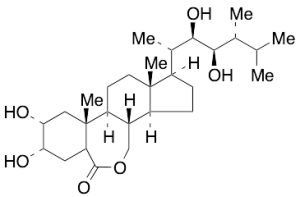
Epi Brassinolide, 90%
$103.50 Add to cart View Product DetailsMolecular Formula : C28 H48 O6
-
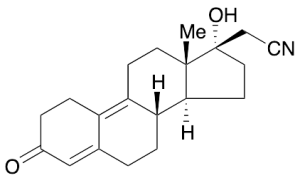
epi Dienogest
$175.09 Add to cart View Product DetailsMolecular Formula : C20H25NO2
-
Epi Lovastatin
$171.64 Add to cart View Product DetailsMolecular Formula : C24 H36 O5
-

epi-(-)-Strigolactone GR24
$196.65 Add to cart View Product DetailsMolecular Formula : C17H14O5
-
epi-(+)-Strigolactone GR24
$196.65 Add to cart View Product DetailsMolecular Formula : C17 H14 O5
-

epi-5-Fluoro ADB
$150.94 Add to cart View Product DetailsMolecular Formula : C20 H28 F N3 O3
-
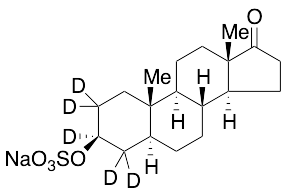
Epiandrosterone Sulfate Sodium Salt-d5
$214.76 Add to cart View Product DetailsMolecular Formula : C19 D5 H24 Na O5 S
-
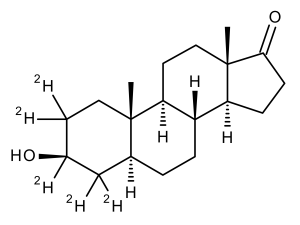
Epiandrosterone-d5
$192.34 Add to cart View Product DetailsMolecular Formula : C19 D5 H25 O2
-
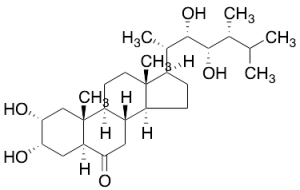
Epicastasterone
$182.85 Add to cart View Product DetailsMolecular Formula : C28 H48 O5
-

Epigriseofulvin
$149.21 Add to cart View Product DetailsMolecular Formula : C17H17ClO6
-
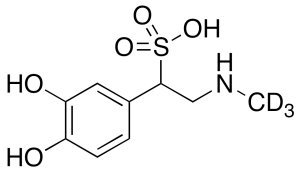
Epinephrine Sulfonic Acid-d3
$176.81 Add to cart View Product DetailsMolecular Formula : C9H10D3NO5S
-
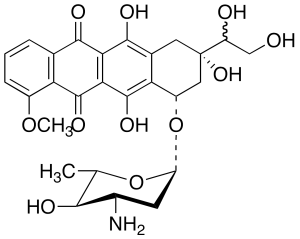
Epirubicinol (Mixture of Diastereomers)
$202.69 Add to cart View Product DetailsMolecular Formula : C27 H31 N O11
-

Episterol
$1,264.43 Add to cart View Product DetailsMolecular Formula : C28H46O
-
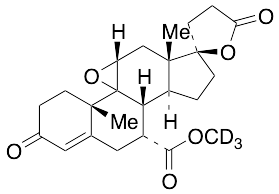
Eplerenone-d3
$249.26 Add to cart View Product DetailsMolecular Formula : C24H27D3O6
-

EPO, Human
$685.69 Add to cart View Product DetailsErythropoietin (EPO), a glycoprotein produced primarily by the kidney, is the principal factor that regulates erythropoiesis by stimulating the proliferation and differentiation of erythroid progenitor cells. The production of EPO by kidney cells is increased in response to hypoxia or anemia. Recombinant EPO has been approved for the treatment of anemia associated with chronic renal failure as well as for anemia of AZT treated AIDS patients.The cDNAs for EPO have been cloned from human, mouse, canine, etc. The mature proteins from the various species are highly conserved, exhibiting greater than 80% sequence identity at the amino acid level. Human EPO cDNA encodes a 193 amino acid residue precursor protein that is processed to yield a 165 amino acid residue mature protein. EPO contains one O-linked and three N-linked glycosylation sites. Glycosylation of EPO is required for EPO biological activities in vivo. EPO exhibits structural as well as amino sequence identity to the amino terminal 153 amino acid region of thrombopoietin.
-
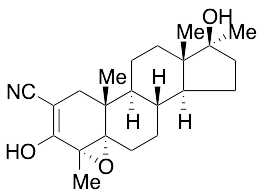
Epostane
$203.55 Add to cart View Product DetailsMolecular Formula : C22 H31 N O3
-
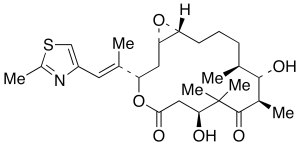
Epothilone A
$118.16 Add to cart View Product DetailsMolecular Formula : C26H39NO6S
-
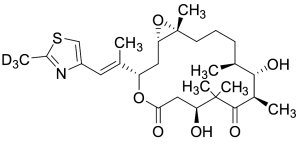
Epothilone B-d3 (synthetic)
$994.46 Add to cart View Product DetailsMolecular Formula : C27 D3 H38 N O6 S
-
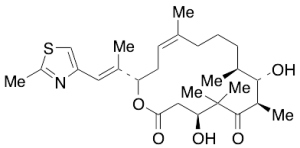
Epothilone D (synthetic)
$64.69 Add to cart View Product DetailsMolecular Formula : C26 H39 N O5 S






